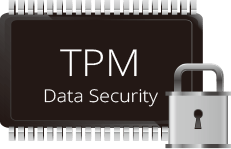How To Check For A TPM Chip In The PC To Upgrade To Windows 11, What Is A TPM Chip?
You Are Probably Excited About The Release Of Windows 11 This Fall, In Which Case You Know That This Operating System Requires Minimal Installation Facilities.
One of these features is the Trusted Platform Module chip. That’s why you need to check for a TPM chip in your system (computer) to ease your mind about compatibility with Windows 11.
The TPM chip was embedded in Windows 1 systems to take advantage of device encryption and BitLocker features. In Windows 11, however, this chip is a requirement for updating (installation) and will be used to set security capabilities.
There are several ways to check the presence of this chip in the system, and here we will tell you different methods so you can choose one of them.
Check for TPM chips in the system
Use TPM.MSc
Step 1: Open the Start menu, type TPM.MSC and click on it.
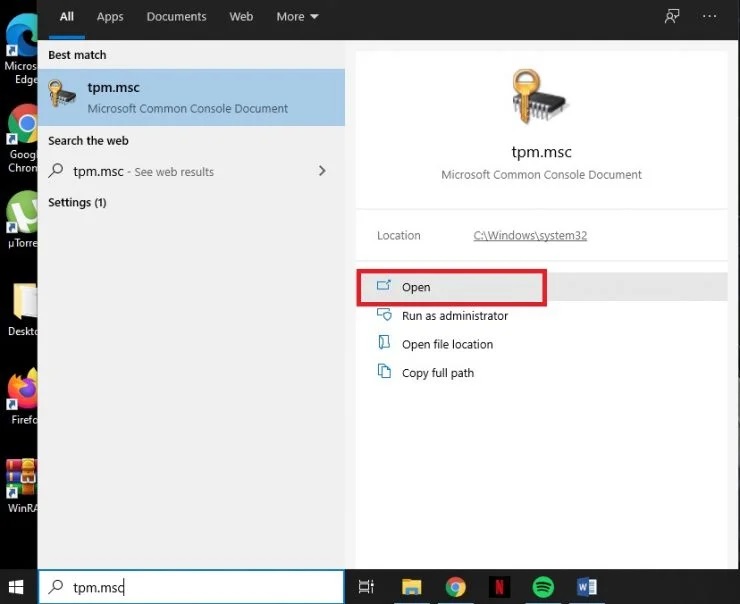
Step 2: Once TMP Management is open for you, you can check if your device runs TPM. In the image below, you will see the parts that, if matched, mean that your system has this module.
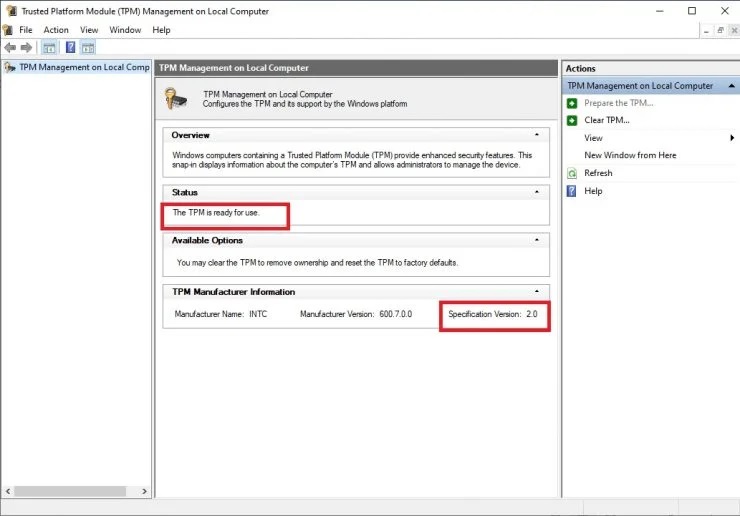
Note: If the TPM chip is not found on your device or is disabled in the BIOS and UEFI, you will see the status of Compatible TPM cannot be found.
Use Device Manager
p 1: Right-click on the Start menu to open the WinX section (shortcut keys: Win + X).
2: Click on Device Manager.

3: Scroll down a bit and open the Security Devices section.
4: In this section, you can check the presence of the TPM chip.
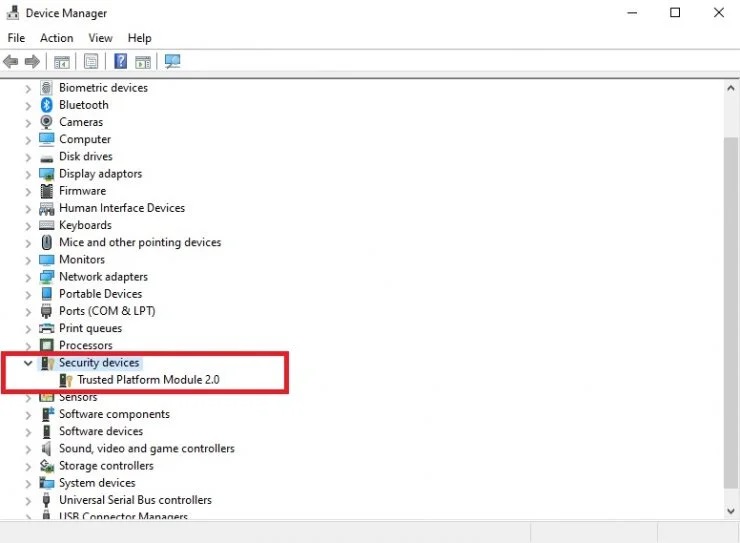
Check through UEFI
1: Go to the Start menu and click on Settings (shortcut keys: Win + I).
2: Select the Update & Security section.
3: On the left side of the menu, select Recovery.

4: In the Advanced Startup section, click Restart Now.
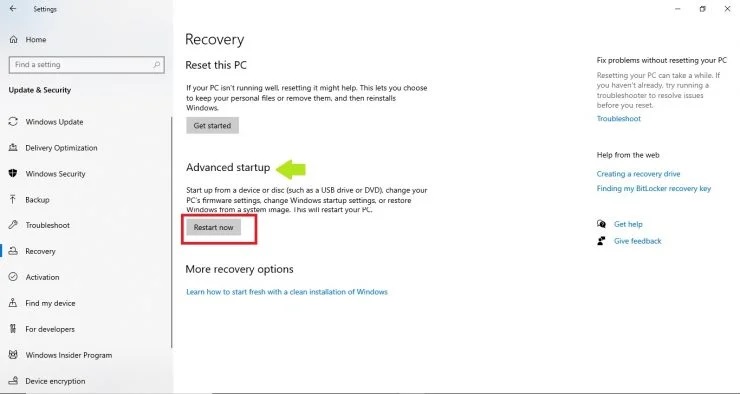
5: Select Troubleshoot.

6: Select Advanced options.
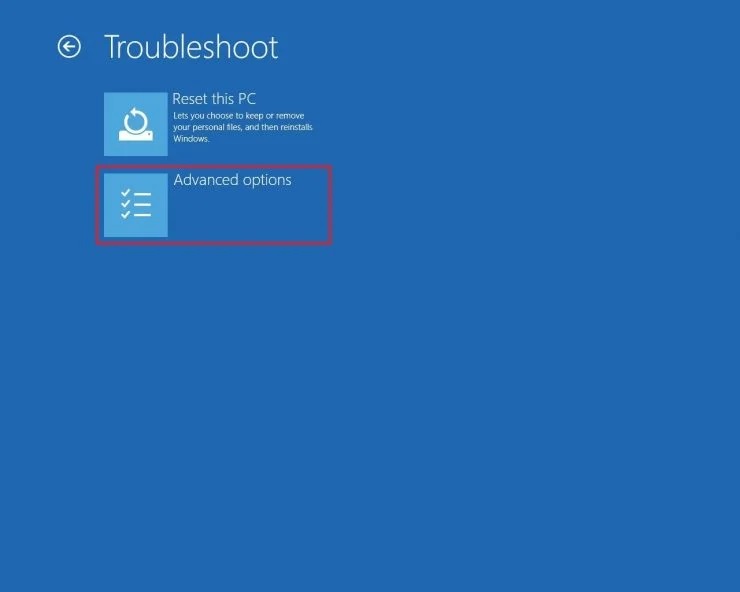
7: Click on UEFI Firmware Settings.
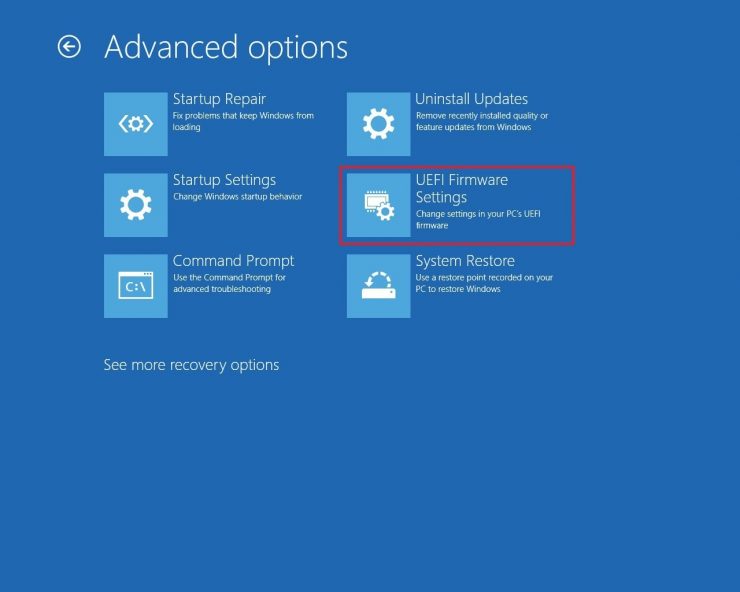
8: Select Restart.

9: Find Security Settings. TPM settings are highly dependent on the manufacturer. So it might be best to check it out on the device (or motherboard) manufacturer’s website.
10: If TPM is disabled, enable it.
11: Get out of the settings and restart your system.
You can use the above methods to check for the presence of a TPM chip in your system. The UEFI solution lets you know if the TPM chip is disabled for now. We hope you can easily install Windows 11.
What Is A TPM Chip, And Why Is It Necessary To Increase The Security Of Computer Components?
The issue of security and increasing the safety factor of the use of electronic components, especially hardware hosting personal information such as hard disk, hard disk, flash memory, etc., has long been considered as one of the main topics of transfer in various circles and people active in the field.
They seek to design and innovate procedures and methods to increase this. Although, in general, it is not possible to provide complete and complete security in any field, providing infrastructure to establish stronger security in the path of intrusion and unwanted access and increasing security is always a scalable option.
The latest measures taken by software and hardware product developers to increase the safety factor of PC use are named under the international TPM standard.
The term TPM, abbreviated to Trusted Platform Module, is generally a small microcontroller located on the motherboard that automatically generates various encryption and hidden keys, creating a completely hardware-based security procedure.
The chip is soldered to many newer motherboards, but it is also possible to add special accessories (if the motherboard supports this feature).
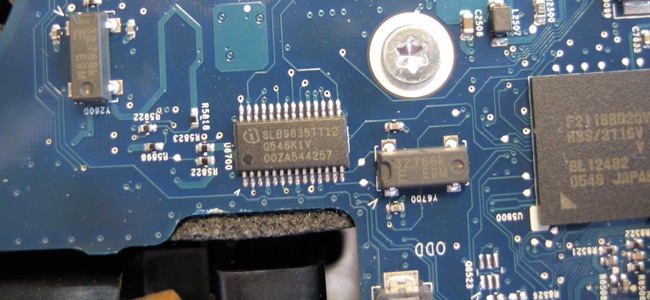
The TPM security chip, as mentioned earlier, generates different and unique encryption keys for each piece of hardware and keeps part of the password in its bosom, which is important in preventing unwanted intrusion and access to highly effective computer hardware.
By creating anti-attack capabilities and verifying the accuracy of the hardware, the chip makes the operation of the various components dependent on a single PC in general. It reduces the percentage of penetration and access to relevant information by a further reduction.
To further understand, if, for example, an individual encrypts the overall structure of the hard disk or its component partitions using BitLocker software, part of the generated key is stored in the chip, and re-accessing and decrypting the information depends on accessing them. It is through the same personal computer.
This means that the attacker can not easily disassemble the hard disk hardware (or other encrypted components). After installing it on another PC, it easily penetrates its contents because part of the decryption key is hardware. Inside the TPM chip, the motherboard is stored, and the entire key is not stored on the disk itself, contrary to previous procedures.
The chip’s hardware authentication capabilities tie its functionality to single unique motherboard hardware to increase security, which prevents the attacker from detaching the chip and accessing its storage keys elsewhere;
In addition, anti-invasion algorithms embedded in the ventricle of the chip prevent the offender from making arrangements to access the chip information at the current location and using the same personal computer. Storage keys, etc., prevent him from accessing.
In general, a chip can only work with one motherboard hardware and cannot be used on other PCs at all.
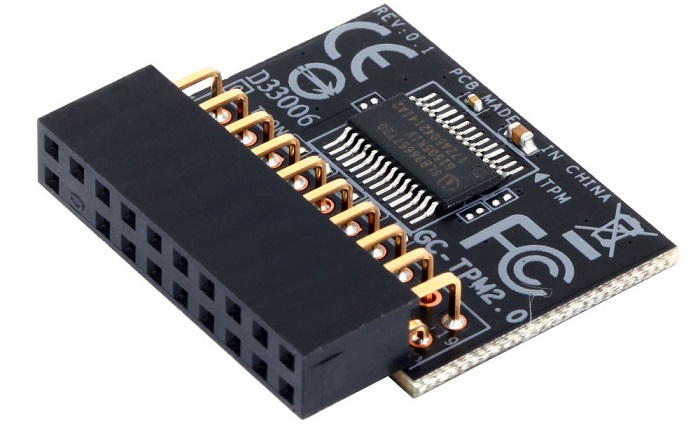
There are many uses for the TPM chip to increase the security of computer hardware. Still, its use is limited to encrypting personal information due to a lack of knowledge on how to provide the necessary infrastructure for many different people.
Recent versions of the popular Windows operating system (Windows 7, 8.1, and 10) use the chip in complete secrecy, unknowingly.
It is enough for a person to secure a personal computer that supports the “parts encryption” feature and physically hides the chip in its structure using a Microsoft account so that the operating system can automatically encrypt the information about it.
On the other hand, using BitLocker software or examples of programs based on data hardware encryption capability encrypts the complete structure of a data storage hardware (such as a hard disk) or its component partitions and store some of the relevant keys in the chip ventricle to increase security. TPM takes action.
In this case, the person indeed chooses a completely arbitrary password for protection, but the keys created behind the scenes of how the chip works are much longer and longer than the password chosen by the user.
(it was previously said that the TPM chip produces encryption and storage keys. Some of them act in their memory).
In addition, the ability to automatically generate data encryption keys and store their hardware in the chip of the individual from very long passwords and have a variety of special characters, which is the risk of forgetting the selected password and inaccessibility of information in The future will be further reduced.
(the choice of long-distance passwords used to be much more important because of their storage on a data storage disk, but it should not be forgotten that the stronger the selected password, the more chips are created by the chip) TPMs are also more widespread).
For example, in such cases, a person types only their personal password to enter the Windows operating system environment. Still, the information is encrypted behind the screen with a much stronger and longer password.
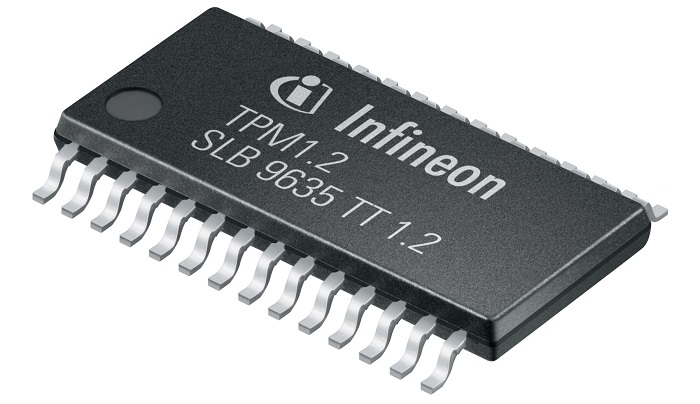
TPM hardware chips generally depend on proper programming and software support because many programs continue to operate based on past procedures and provide a lower security factor to their users.
Although, as mentioned at the beginning of the article, network security and data protection are not fully possible at present, the use of such procedures and the establishment of hardware protection infrastructure not only make the hundred-way barriers to unwanted access more robust.
They also have a great impact on increasing the security of consumers.












